INTRODUCTION
A major issue facing cities and urban environments today is the proper utilization of existing space and the under utilization of space. Particularly, in the context of COVID-19, changing views on work-from-home and office work means that there is new free space in the city which is underutilized; this comes from empty office space, conference rooms, and so on. Also worth noting is the amount of public space that is only used for certain hours of the day, for example, schools and college campuses. These underused public spaces give way for opportunities for the physical implementation in the city.
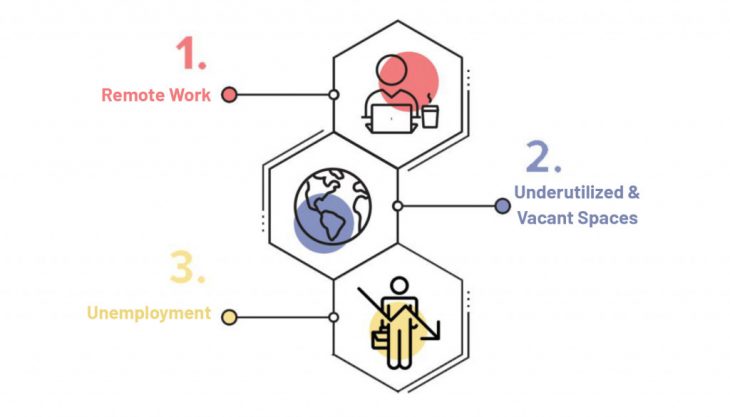
ISSUE
One of the most important economic challenges facing Barcelona (and Catalunya as a whole) is high unemployment, particularly youth unemployment. In 2021, the youth unemployment rate of the region was 11.2% overall and 28.9% in the 16-24 age group, compared to the EU averages at the same time at 6.8% and 14% respectively. Thus, our motivation for the project comes from a need to address this economic inequality in the city.
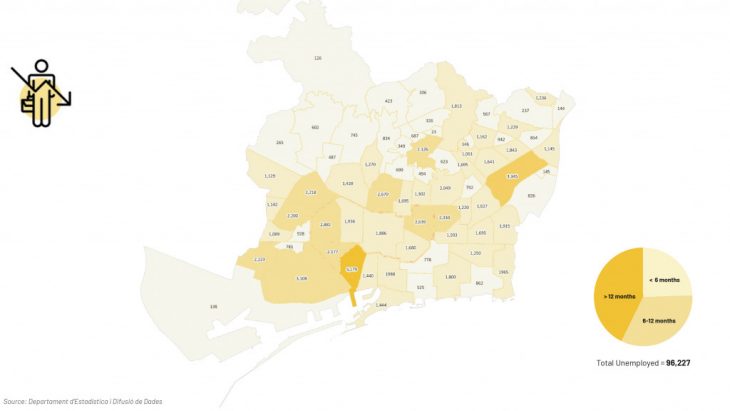
OPPORTUNITIES
The opportunities present themselves primarily in underused and underutilized public buildings, such as schools after hours, hotels, conference rooms, some large empty office space, empty parking lots and structures, and empty hospital wards. With so much underused space, there is an awaiting opportunity for it all to be repurposed and used for different functions; we plan to capitalize on this.
From those who are unemployed, the opportunities come from the need for this population to keep up with the demands for new skills in the market, and for them wanting to learn but having no economic means to pay for it. By providing incentives for the unemployed population to acquire new skills this would help address the pressing economic issues in the city.
The third party in this scenario is the private sector; many firms need test and focus groups when launching a product into the market. The goal with this is to catalyze better business practices by incorporating consumer feedback. Thus, there is a need for a body of participants for research and insight.

OBJECTIVE
Our objective is to link the three opportunities listed above with a platform based on Blockchain. To bridge this gap, we propose a system where the private sector can have access to parts of the population to be used as a focus group and training group; these are groups of registered unemployed citizens. In turn, the unemployed citizens learn new skills and become familiarized with new products and trends on the market, increasing employment opportunities for them in the future. All of this training takes place in the underused public space, so there is no external burden for those providing the space, only benefit for the city as existing infrastructure is used for other purposes.
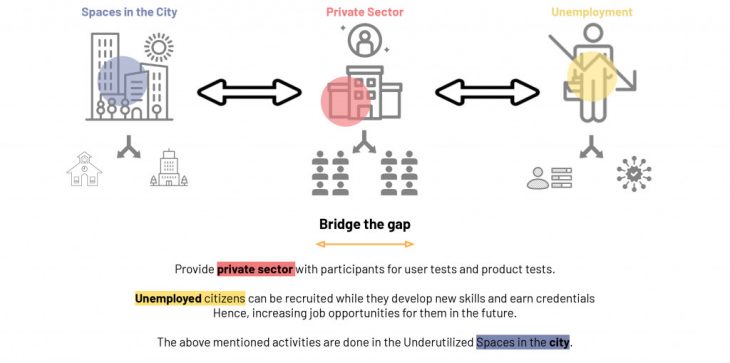
IDEA
We plan to tackle this by creating a system for temporary multifunctional use of such unused and underutilized spaces. We propose a Blockchain based solution by developing a transparent platform where individuals who are currently unemployed can learn new skills and earn credentials. Thus, those who are looking to learn but have no means to pay will benefit, as will firms who need research groups for a variety of different sectors. A token system will be implemented for all the stakeholders, and smart contracts initiated to ensure transparency between stakeholders during the transactions.
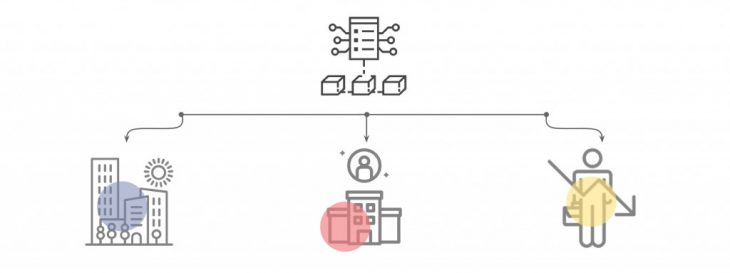
CRYPTOURBANOMICS MODEL
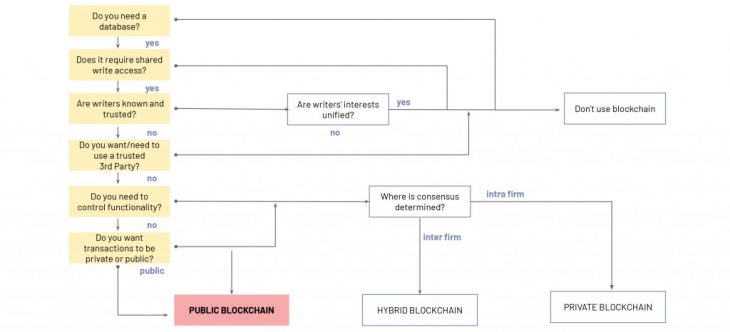
STAKEHOLDERS
There are three stakeholders in this model. First is the city council, who have a registry of unused public space and a registry of the unemployed population in the city. Second is the private sector, firms looking for groups to train and test products and innovations on. Third is the unemployed population in the city, who acquire new skills and knowledge through the research groups attended.
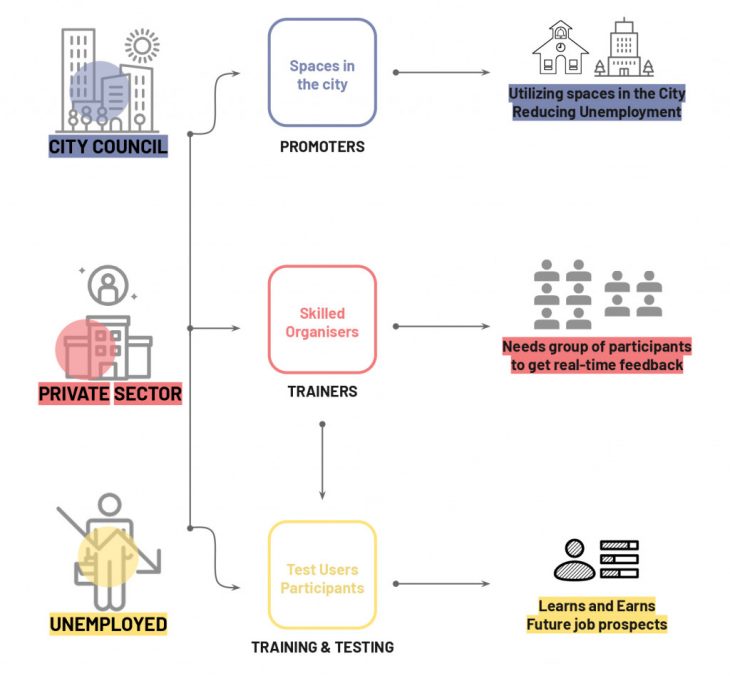
MECHANISM// Setting up the Blockchain
The Blockchain mechanism exists as follows: through the registries of public space, a private company can request the use of a space for a specific amount of time and training or research purposes.
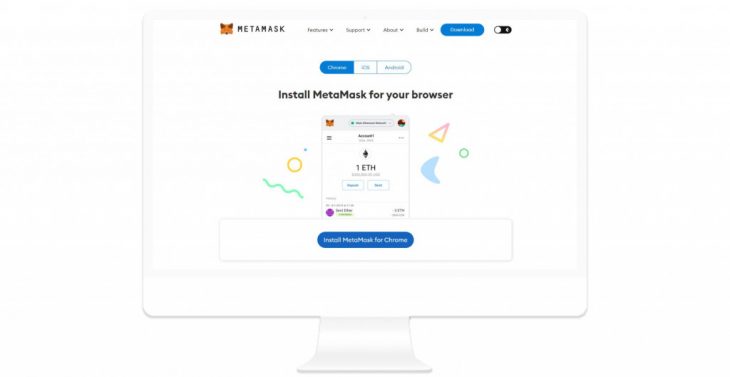
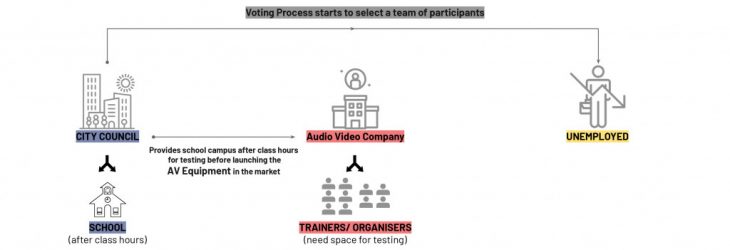
The interested parties (participants) can vote through a DAO for the training or not. If the vote passes, the city council approves the use and the training or research takes place.
We employ a DAO for the voting process; authorized by the city council, those who are registered as unemployed can vote on which activities they want to happen in which space; as soon as there is 50% approval from the 30% required minimum support, the vote passes and the city council will authorize the space to be used.
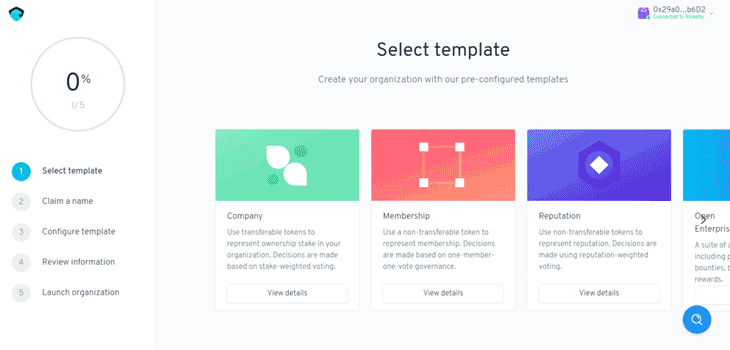
SAFE // Gnosis
After the training, through the use of a Safe, after the approval from a member of all three stakeholders, service tokens are released to the participants. A certain number of service tokens gives certain certification and legitimacy which can open doors for those looking for jobs.
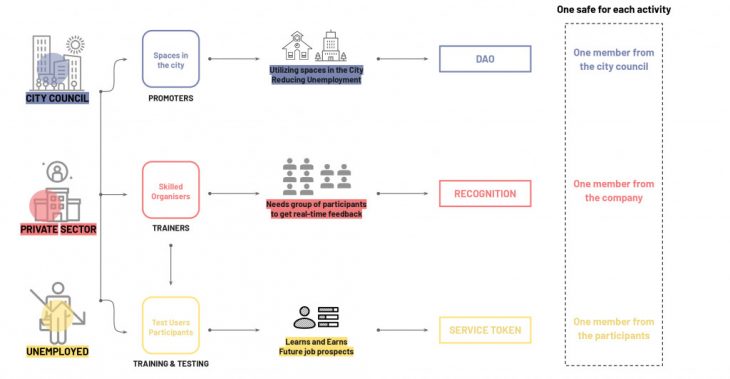
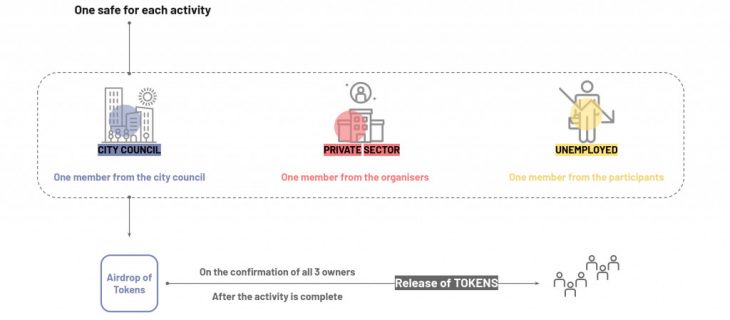
MECHANISM// Setting up the SAFE
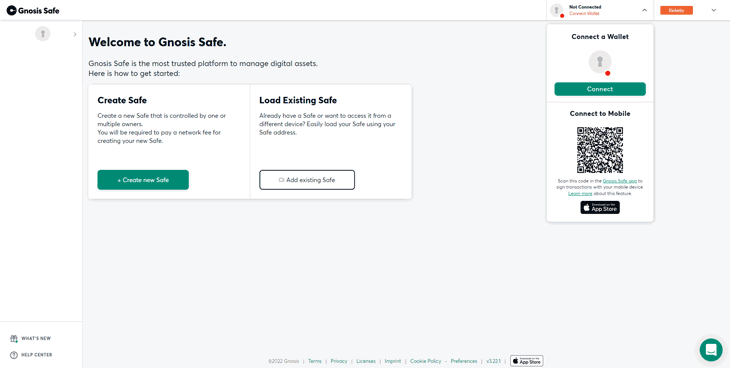
After the training/research, we employ a safe for the release of tokens. Three stakeholders are needed; the city council who authorized the place, one participant, and the organizer. Once all three have approved the transaction, the service tokens will be released to all those who participated. A certain amount of tokens obtained results in higher priority to be selected for training, can be used in job search, and eventually, the ability to teach and train others.
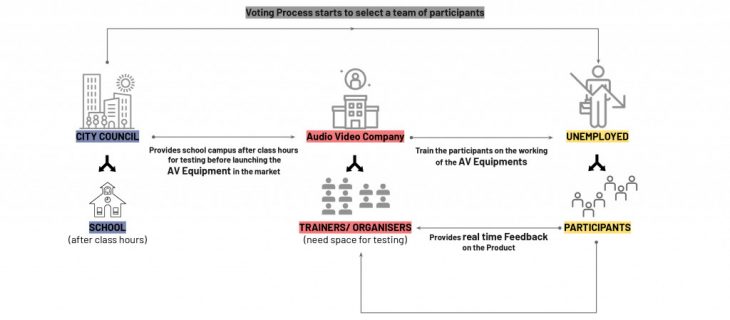
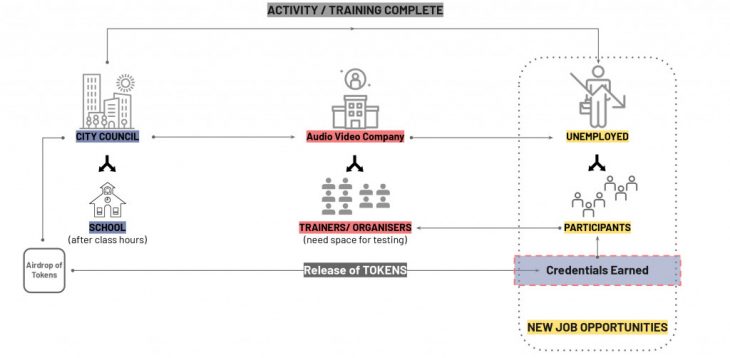
PARAMETERS

CRYPTOURBANOMICS MODEL // SKILLCHAIN Characteristics

SKILLCHAIN is a project of IAAC, Institute for Advanced Architecture of Catalonia developed in the Master in City & Technology 2021/22 by Students : Gayatri Agrawal & Julia Mcgee and Faculty : Lluisa Marsal